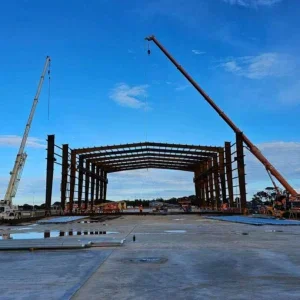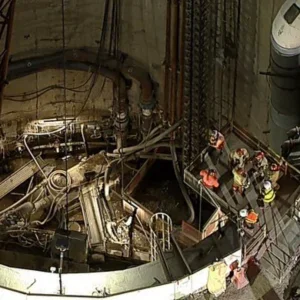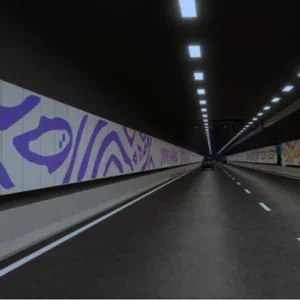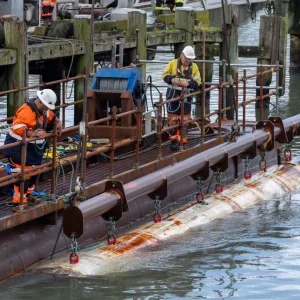The Canadian province of Ontario recently approved an environmental assessment on the multi-billion Ottawa light-rail tunnel (LRT) project.
The city’s director of rail implementation John Jensen stated in a memo that the provincial environment ministry had approved LRT’s environmental assessment, which examined the potential impact of a 12km light-rail transit line from Tunney’s Pasture to Blair Station, including a 3km tunnel through downtown from LeBreton Flats to the University of Ottawa.
The total cost of the project is CAD 2.1bn (USD 2bn), of which the provincial and federal government would contribute CAD1.2bn ($1.16bn), while the city will have to raise at least CAD 900M (USD 872M).
The city is now obtaining engineering design bids for the rail line, tunnel and stations.
The Tunney’s Pasture-Blair Road project is the first phase of a larger, CAD 5.6bn (USD 5.42bn) transit master plan that has been split into two parts to be completed over the next two decades.
The first phase, costing about CAD 3.7bn (USD 3.58bn), is itself divided into three parts — the CAD 2.1bn (USD 2bn) Tunney’s-Blair line, which will be completed by 2018 and become operational in 2019; a second phase that includes extending a rail line from Tunney’s Pasture to Baseline Station subject to the availability of funds; and a third line from Bayview to South Keys that will replace the existing diesel O-Train with electric rail. The latter two projects are estimated to cost about CAD 1bn (USD 969M) each.







